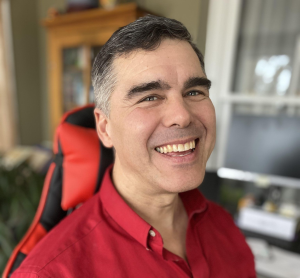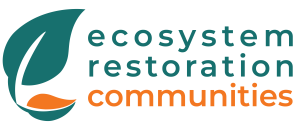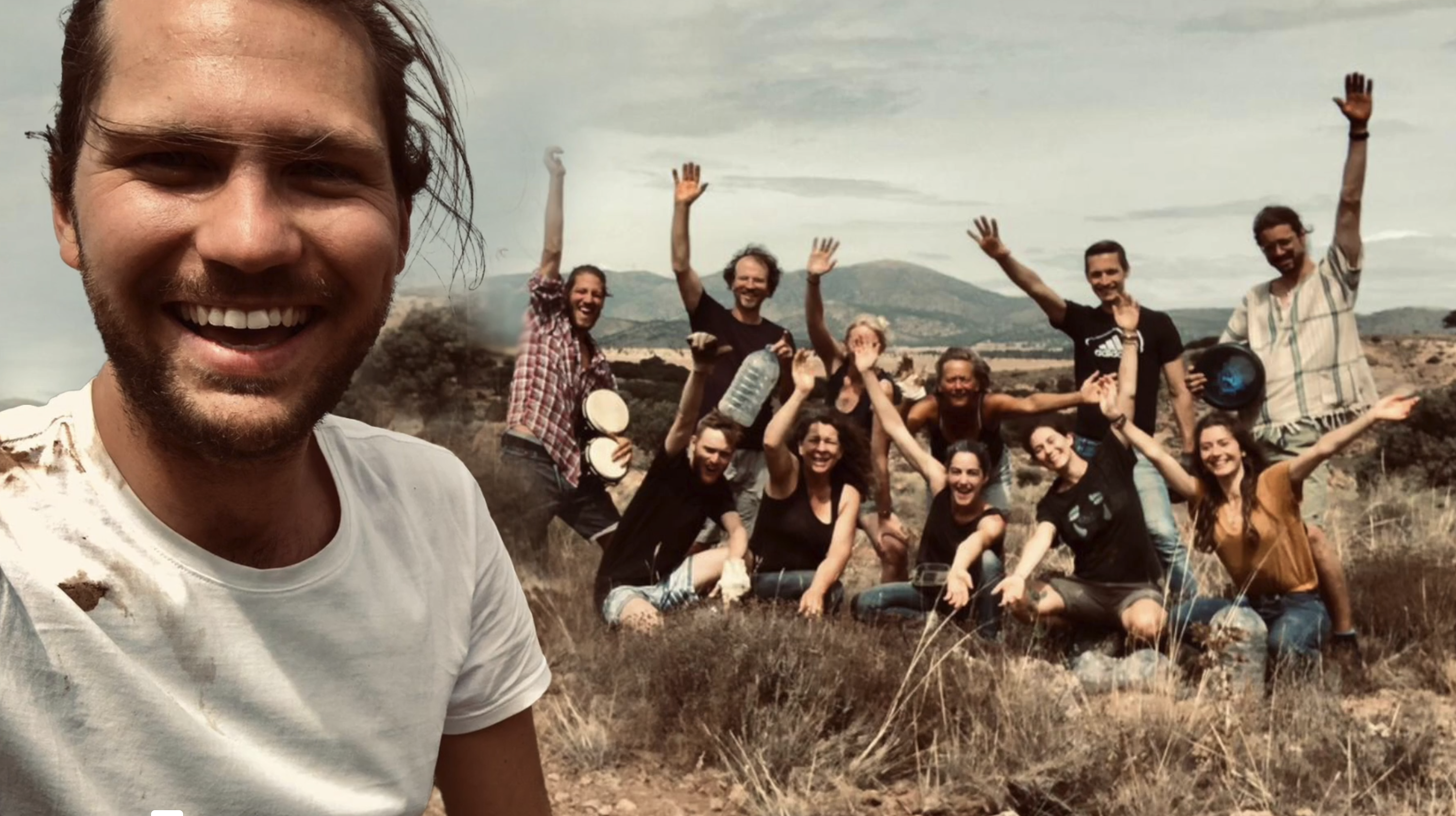The Introduction to Ecosystem Restoration course created in collaboration with
Enter the World of Ecosystem Restoration
Gain Foundational Expertise to Regenerate Local Ecosystems
Watch this Short Video to Discover How You Can Positively Impact Your Local Ecosystems
The Challenge We Face Together
Our ecosystems are at a critical juncture. From the devastating impacts of wildfires to the degradation of natural habitats, the signs are clear – our planet needs us. Did you know, 33% of the Earth’s soils are already degraded and over 90% could become degraded by 2050?
But there’s hope. Together, we can reverse these effects. The Introduction to Ecosystem Restoration course doesn’t just highlight the problems; it equips you with the foundational skills and knowledge to be part of the solution.
Your Path to Join the Ecosystem Restoration Movement
We recognize your journey – the yearning for purposeful action and the dedication to learning. You’re not just seeking knowledge; you’re aiming to be part of a solution. That’s why we’ve designed the IER course to be more than just an educational experience. It’s a gateway to real-world impact, a platform for connecting with fellow environmentalists, and a stepping stone for your personal and professional growth.
Embark on this journey to learn ecological principles and practical restoration techniques. With a flexible 12-month format, and 32 hours of content, this course is designed to fit into your life, not upend it. The monthly 2-hour, student-only webinars and dedicated student forums ensure that you’re not just learning – you’re engaging, questioning, and growing.
“I'm here because I want to actively take a role in bettering the environment and ultimately improving the world. And to teach my children that it's possible it doesn't matter how old you are or how young you are, you can take active steps to do something that is for the greater good.”
Erin Wiedmer, ERC Earth Restorer
Meet Your Instructor and Your Community
Guided by Expertise, United by Purpose

Your Instructor Paul Morris
Ecologist, Certified Ecological Restoration Practitioner (CERP)
Meet Paul Morris, a seasoned ecologist with over 27 years in ecosystem restoration and regenerative farming. As the founder of Earth Connection, an ecosystem restoration community in Mexico, Paul brings hands-on experience and deep ecological knowledge to the Introduction to Ecosystem Restoration course. Paul’s extensive experience in restoration ecology and conservation biology makes him a leader in the design and planting of restoration areas.
Developed in Partnership with
Ecosystem Restoration Communities
Joining this course connects you with the Ecosystem Restoration Communities (ERC) – a vibrant network of individuals and groups dedicated to restoring ecosystems worldwide.
ERC is dedicated to the ecological restoration of degraded lands, envisioning a world of abundant biodiversity and ecological harmony. Through research, training, and innovation centers, ERC engages individuals in the vital work of landscape restoration and carbon sequestration.
Graduates of the Introduction to Ecosystem Restoration (IER) course have the unique opportunity to apply their skills on restoration projects initiated and supported by ERC, contributing to meaningful environmental change.

Envision Your Impact
Shape a Greener Tomorrow: Your Role in Ecosystem Restoration
Imagine a world where you actively contribute to healing our planet. This isn’t just a dream—it’s a tangible reality waiting for you post-completion of the IER course. Here’s the impact you could create:
Restoration Practitioner:
Become a skilled practitioner in ecosystem restoration, equipped to contribute to diverse projects, from revitalizing urban green spaces to rehabilitating degraded landscapes.
Global Community Contributor:
Engage with Ecosystem Restoration Communities across the world, applying your knowledge in varied settings and contributing to global efforts in ecological restoration.
Career Advancement:
Open new pathways in your professional journey. Whether transitioning careers, enhancing your current role, or stepping into the world of environmental conservation, the IER course positions you as a credible, knowledgeable contributor.
Personal Fulfillment:
Experience the deep satisfaction of knowing your actions directly contribute to a more sustainable and vibrant planet, leaving a lasting legacy for future generations.
Your journey with the IER course marks the beginning of a life where you don’t just witness change – you drive it.
Gain Skills, Knowledge, and Opportunities for Real-World Impact
Understand Key Ecological Principles
Delve into the fundamentals of ecology and ecosystem restoration, building a solid foundation for your restoration efforts.
Explore Causes of Ecosystem Degradation
Learn about the factors leading to ecosystem degradation and how to address them effectively.
Ecosystem Services and Functionality
Learn about the services ecosystems offer and how to restore and maintain their full health and functionality.
“I feel grateful for the ecosystem restoration camp,
because that's what I think is needed for the world”
Veronika Atzlesberger, ERC Earth Restorer
Video Course
32 hours of content delivered by Certified Ecological Restoration – Practitioner Paul Morris.
Monthly Student Webinars
Participate in exclusive monthly webinars where you can interact directly with Paul Morris and his team, deepening your understanding and addressing your specific queries. In these 2-hour sessions, you’ll also have time to connect and bond with your fellow students, exchange ideas, and offer support for each other’s projects.
Dedicated Forum Access
Have your questions answered by Paul Morris and his team. This community space is your platform for discussion, clarification, and connection with peers.
Start Your Journey to Ecosystem Restoration
Satisfaction Guarantee
You’ll get a 30-day, no questions asked, money-back guarantee on the total price paid. The only condition is that you have watched less than half the lectures (i.e., less than 16 hours) of the Introduction to Ecosystem Restoration course.
Case Studies in Ecosystem Restoration
FAQs
Is this course completely online?
The IER is 100% online. Students can log in anytime they like to watch the pre-recorded lectures that are followed by multiple-choice quizzes. There is a live student webinar each month of the program.
The course is divided into 4 Modules, each comprising 4 Lessons. There are 16 Lessons in total. There are 2 short quizzes per Lesson.
The required time commitment is approximately 5 hours per lesson. You’ll also need to allow time for the optional, live student webinar which lasts 1 hour per month.
You’ll have 12 months to complete this course, but we do offer extensions when needed, so if you have a problem that makes it impossible for you to complete the course on time, just contact our Student Support team and we’ll help you.
When can I start?
You can start as soon as you sign up.
What will I learn?
- The key principles of ecology and ecosystem restoration
- Understanding the causes of ecosystem degradation
- How species and their populations interact with one another
- The different elements, phases and stages of ecosystems, how they work and how they interact with one another
- Earth’s cycles: how they work and how to restore them, including the carbon and water cycles
- Understanding the services that our ecosystems offer us and how they work
- How to restore ecosystems back to full health and functionality, following a range of examples
- How the soil biome works and how to restore it
- How to increase biodiversity on your site
- What a reference ecosystem is and how it works as a template for your restoration project
- How to use the principles and standards of practice commonly used in these fields to plan and develop your project
- How to measure the impact of a restoration project
How many lectures are in the Introduction to Ecosystem Restoration?
The IER comprises a series of lectures and quizzes that total 32 hours of content.
The IER is 100% online. Students can log in anytime they like to watch the pre-recorded lectures that are followed by multiple-choice quizzes. There is a live student webinar each month of the program.
The course is divided into 4 Modules, each comprising 4 Lessons. There are 16 Lessons in total. There are 2 short quizzes per Lesson.
The required time commitment is approximately 5 hours per lesson. You’ll also need to allow time for the optional, live student webinar which lasts 1 hour per month.
You’ll have 12 months to complete this course, but we do offer extensions when needed, so if you have a problem that makes it impossible for you to complete the course on time, just contact our Student Support team and we’ll help you.
How much does it cost?
$1400
Will I be able to interact with the instructor and ask questions?
As a student in the IER course, you will have access to a dedicated IER Forum where you can post any questions.
The Instructor will select some of the most Frequently Asked Questions from the Forum, together with more complex themes that arise, for discussion in the monthly, live student webinar.
Do I need any qualifications to start the course?
No. The IER has been designed for people with no scientific or ecological background. You do need to have a good level of English, so that you can follow the lectures and take the quizzes.
What is the time of the Live Student Webinars?
The live student webinars are currently held at 10am Pacific Time (6pm UK time) on the last Monday of each month.
In these 2-hour sessions, you’ll also have time to connect and bond with your fellow students, exchange ideas, and offer support for each other’s projects.




